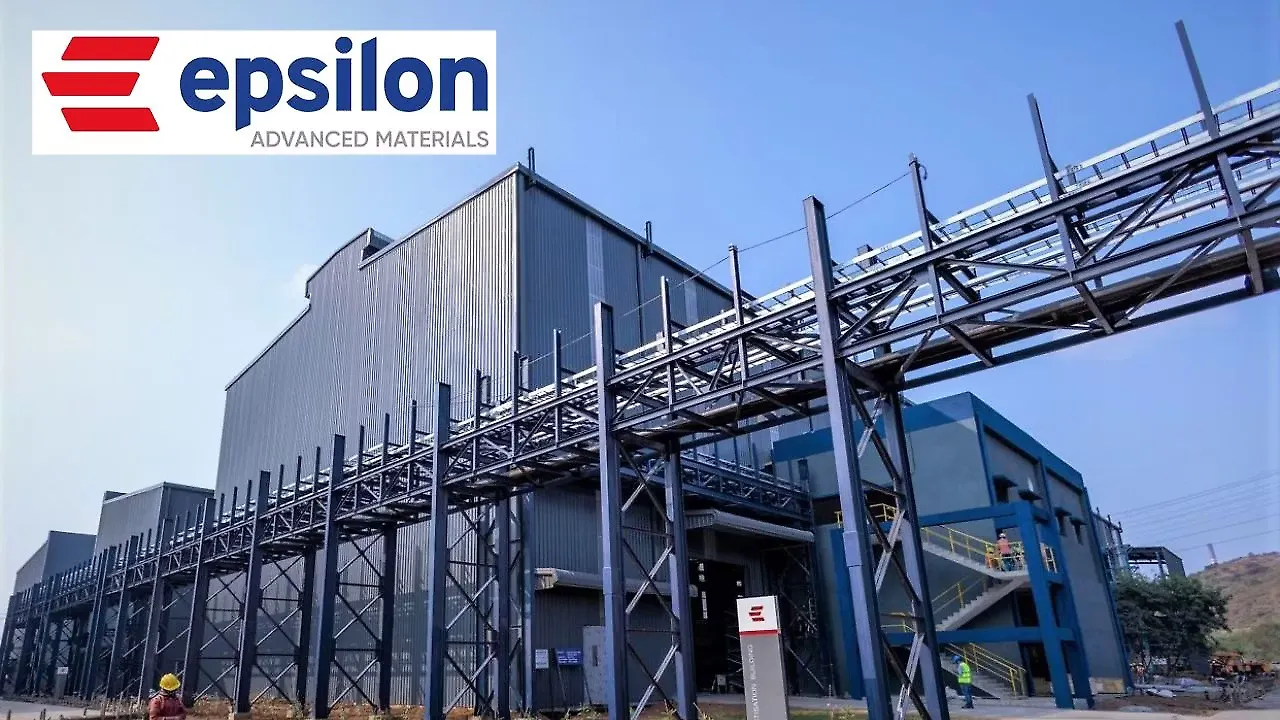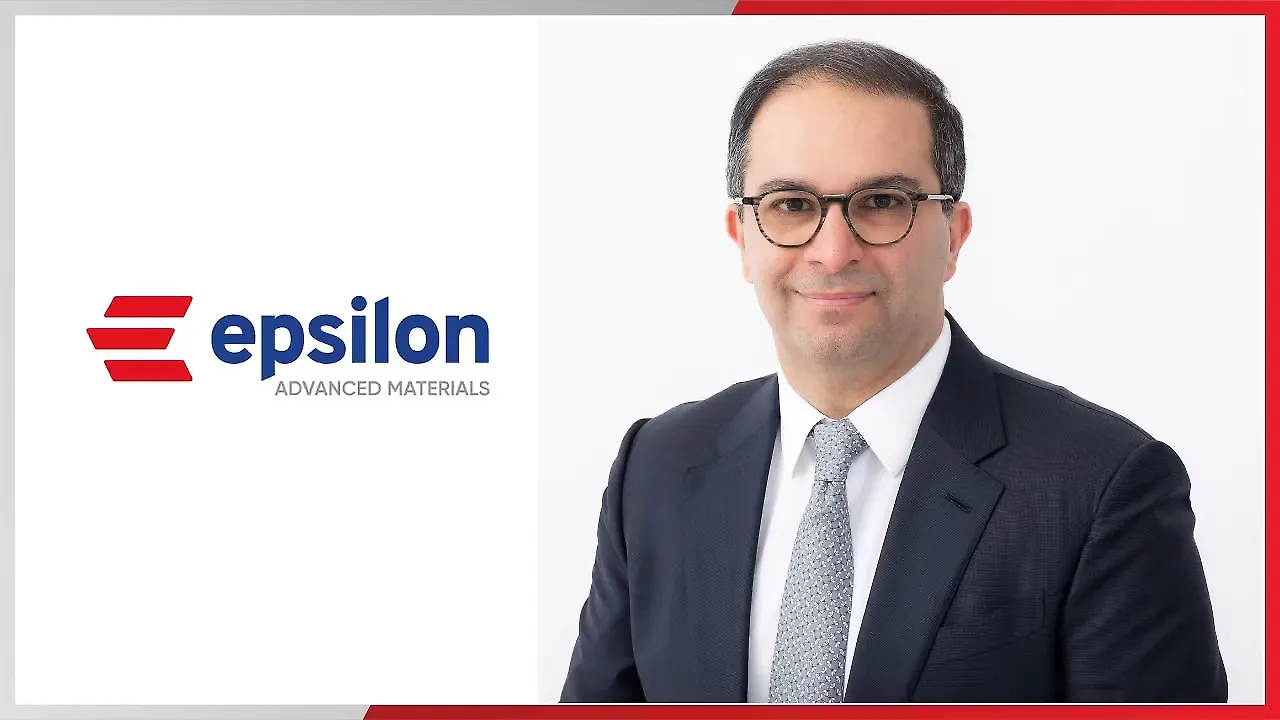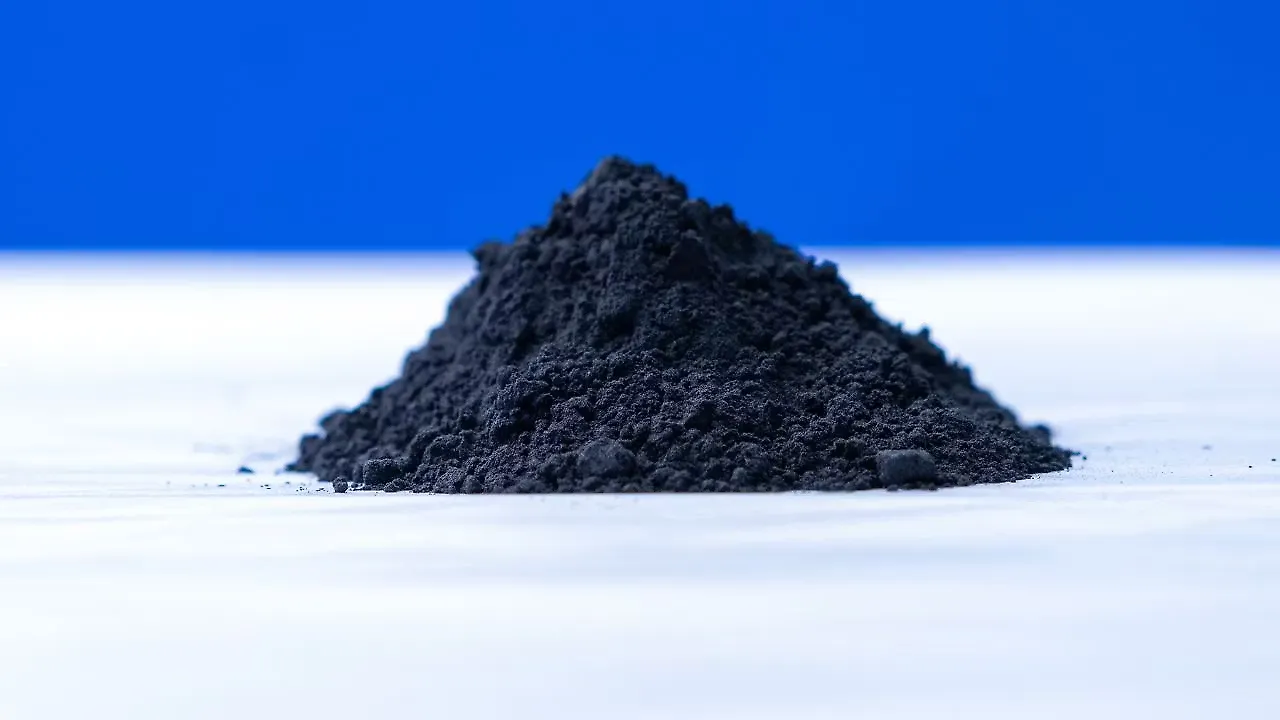
The electric vehicle (EV) industry is undergoing a rapid and transformative evolution, driven by advancements in battery chemistries, materials, and the ever-growing demands of discerning consumers. The expectations vary dramatically across different regions.
In India, the focus might be on affordability and practicality, while in the western world, there is a strong desire for EVs to deliver an experience akin to traditional internal combustion engine (ICE) vehicles. Here, the demand is for swift charging—ideally within 15 to 20 minutes—paired with an extended range to eliminate any hint of range anxiety.
Amidst these shifting dynamics, Epsilon Advanced Materials (EAM) is emerging with innovative solutions tailored to meet these diverse challenges, positioning itself as a key player in the future of electric mobility.In a conversation with Mobility Outlook, Vikram Handa, MD, EAM, elaborated on the journey and vision that has guided the company over the past five years. The company has been deeply focused on material science, continuously innovating to push the boundaries of what’s possible. These initiatives have led the company create materials that have now been qualified by leading Korean cell makers and US automakers. The result: a product capable of delivering a 20-minute charge and an impressive 500-mile range. This achievement is particularly significant, as it stands apart from what has traditionally been developed in China—a market more aligned with the needs of India, he said.
Handa emphasised that the innovation process is intricately tied to customer expectations, which cascade from automakers to cell makers and finally to battery material companies like EAM.
'As a company specialising in anodes and cathodes, it’s our technology and expertise that enable us to meet these rigorous demands. Innovation, in this context, isn’t about creating the next best material in isolation; it’s about responding to the evolving goals set by our customers. They set the benchmark, and we rise to meet it,' he explained.
This customer-driven approach underscores the dynamic nature of the industry, where innovation is a response to ever-shifting expectations rather than a solitary pursuit.
Customer Maturity
On one hand, the industry faces formidable challenge of meeting ever-evolving customer expectations. On the other, it must grapple with the complexities of raw material availability and the fluctuating costs that accompany them. Critical materials such as lithium, cobalt, and graphite are not only limited in supply but are also subject to extreme price volatility. Securing a stable and cost-effective supply of these essential components poses a significant challenge. The question then arises: how does one navigate this intricate balancing act?

According to Handa, customer maturity plays a crucial role in the operations. When EAM supplies a material to a customer, the qualification process is extensive, often spanning two years. This process involves multiple stages, starting with small sample sizes—such as one kg (Sample A)—progressing to larger quantities (Sample B), and culminating in commercial-scale production of a tonne or more (Sample C). Throughout this period, the material is rigorously tested and qualified within the supply chain.
For instance, “when we supply to a cell maker who, in turn, provides cells to electric vehicle manufacturers—be it for two-wheelers or four-wheelers—the relationship is set in stone for about six years. During this period, any changes to critical components like the anode would necessitate a costly requalification process for the entire vehicle battery system. This makes it essential to establish long-term, take-and-pay agreements with customers, ensuring that we remain a reliable supplier for the lifecycle of their vehicle models,” he said.
Emerging Trends In India
A significant challenge unfolding in India is the current trend among emerging cell manufacturers who, as they establish their production lines, find it more convenient to source materials from China. These manufacturers are qualifying Chinese materials, effectively locking them into long-term agreements—often spanning six years. According to him, this is a concerning development. Ideally, the domestic supply chain industry, including companies like theirs, should be established ahead of the cell manufacturing sector. This would ensure that Indian suppliers are qualified first, fostering local industry growth. Without this alignment, foreign suppliers secure long-term contracts, leaving domestic players struggling to build their foothold.
Regulations
When discussing policy and regulations, he reiterated that while policy serves as a crucial enabler, the true driving force behind business success is the customer. The natural dynamics of the market must be allowed to flow freely to foster organic industry development. Policy alone, he argued, cannot be the primary driver. He pointed to China as a case in point, where aggressive policy targets, such as achieving 30% electrification by a certain year, catalysed a rapid transition to EVs. This policy-driven push led automakers to shift toward electrification, subsequently awarding contracts to major players like CATL and BYD, who then passed down contracts to suppliers of anodes, cathodes, and lithium. This top-down approach propagated throughout the supply chain.
Evaluating Business Strategy
However, he cautioned that when such a policy-driven market experiences fluctuations, the downstream impact can be significantly magnified. This is why, when evaluating its business strategy, EAM focuses on markets that are already mature and sizable—notably, the US market. Driven by the Inflation Reduction Act (IRA) and other initiatives, the US is projected to reach between 500 to 600 gWh of battery production by 2026. The company’s strategy involves building capacity in India to serve this established US market, where demand is already strong.
Meanwhile, the company plans to incubate and qualify their products with Indian customers, catering to their smaller-scale requirements. He anticipates that by 2028, India will reach an inflection point where the market will experience significant growth, at which time the company will scale up volumes for Indian customers, he noted.
'If we were to wait solely for the Indian market to mature, we might miss the opportunity to build,' he noted, highlighting the importance of maintaining a balanced approach to market development.
Navigating Exports
Exporting from India to Western countries comes with its own set of challenges, including recent disruptions like the Red Sea issue. However, EAM has adopted a strategic approach to mitigate these obstacles. As he explained, both anode and cathode materials, along with most battery components, are shipped in powder form, packed in jumbo bags within containers. These materials are of such high value that a single 120-foot container can hold between $200,000 and $250,000 worth of product, while freight costs range from $2,000 to $4,000. Given the higher per-tonne value of these materials, the freight expense is relatively insignificant.
However, he emphasised that in this industry, the stability of the supply chain is paramount, particularly as the automotive sector demands just-in-time delivery. Localisation isn't just about saving on freight costs; it's about proximity to the customer, which is increasingly becoming a decisive factor. Customers are prioritising suppliers who are geographically close, a trend driven by the supply chain instabilities experienced in China. This preference has led to a strategic shift, with customers now offering contracts to suppliers who can establish a local presence.

In response, EAM is building a facility in the US to meet this demand. 'Our customers have expressed a clear preference for sourcing locally. While they’re willing to buy from India, they would much rather purchase from a supplier based in the US,' he noted. This decision underscores the importance of proximity in securing contracts and maintaining supply chain reliability in the evolving global market.Manufacturing Plants
The company’s vision is to establish a significant manufacturing presence in India, specifically in Bellary, where it plans to set up a 100,000-tonne plant. In its first phase, it will construct a 30,000-tonne facility, supported by an investment of nearly INR 4,000 crore. Meanwhile, in the United States, its focus is on North Carolina, where it has spent the past year navigating the permitting process for another 30,000-tonne plant. This capacity is the minimum threshold where capital efficiency begins to materialise, as smaller plants are not viable in this industry. Eventually, the US facility will expand to 60,000 tonne, he noted.
Handa said EAM is well advanced in its qualification process and anticipates signing an offtake agreement for the US facility within the next few months, enabling it to commence construction early next year. Simultaneously, “we are poised to begin construction on the Indian facility next year. We've already secured customer commitments and established a detailed qualification plan for this capacity,” he said.
The initial 30,000-tonne capacity is equivalent to supporting 30 gigawatt hours of battery production. While the Indian market may not yet be ready for such a large volume—currently projected to consume around 10 gigawatt hours within the next two years—the company expects rapid growth thereafter. The strategy is to dedicate 20,000 tonne of capacity to US customers while reserving 10,000 tonne for the Indian market. As demand in India accelerates, the company will gradually increase the supply to meet the growing needs of its domestic customers, he concluded.
Also Read:
Epsilon Group & Motovolt Mobility Collaborate To Promote Sustainable Employee Transport